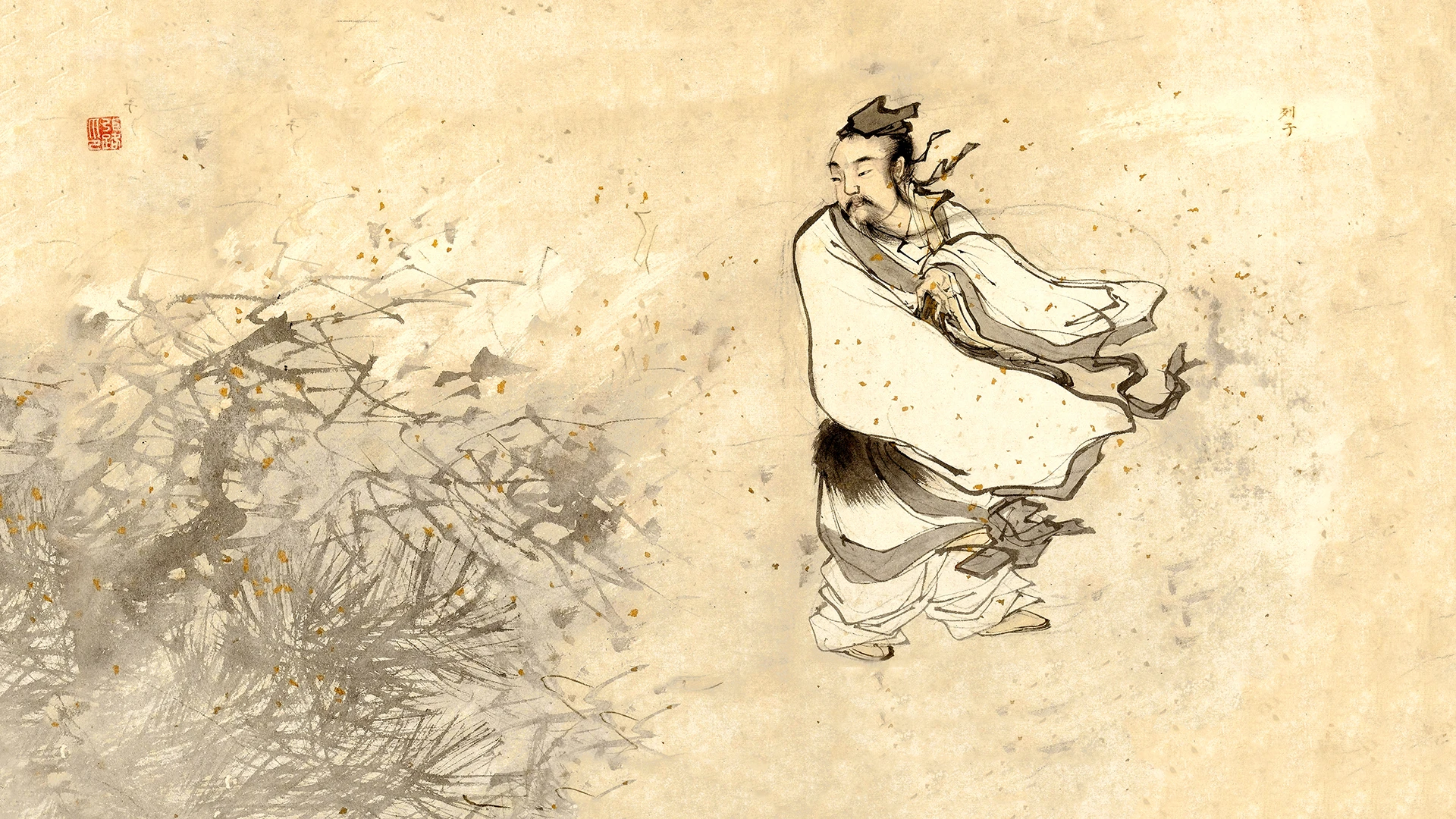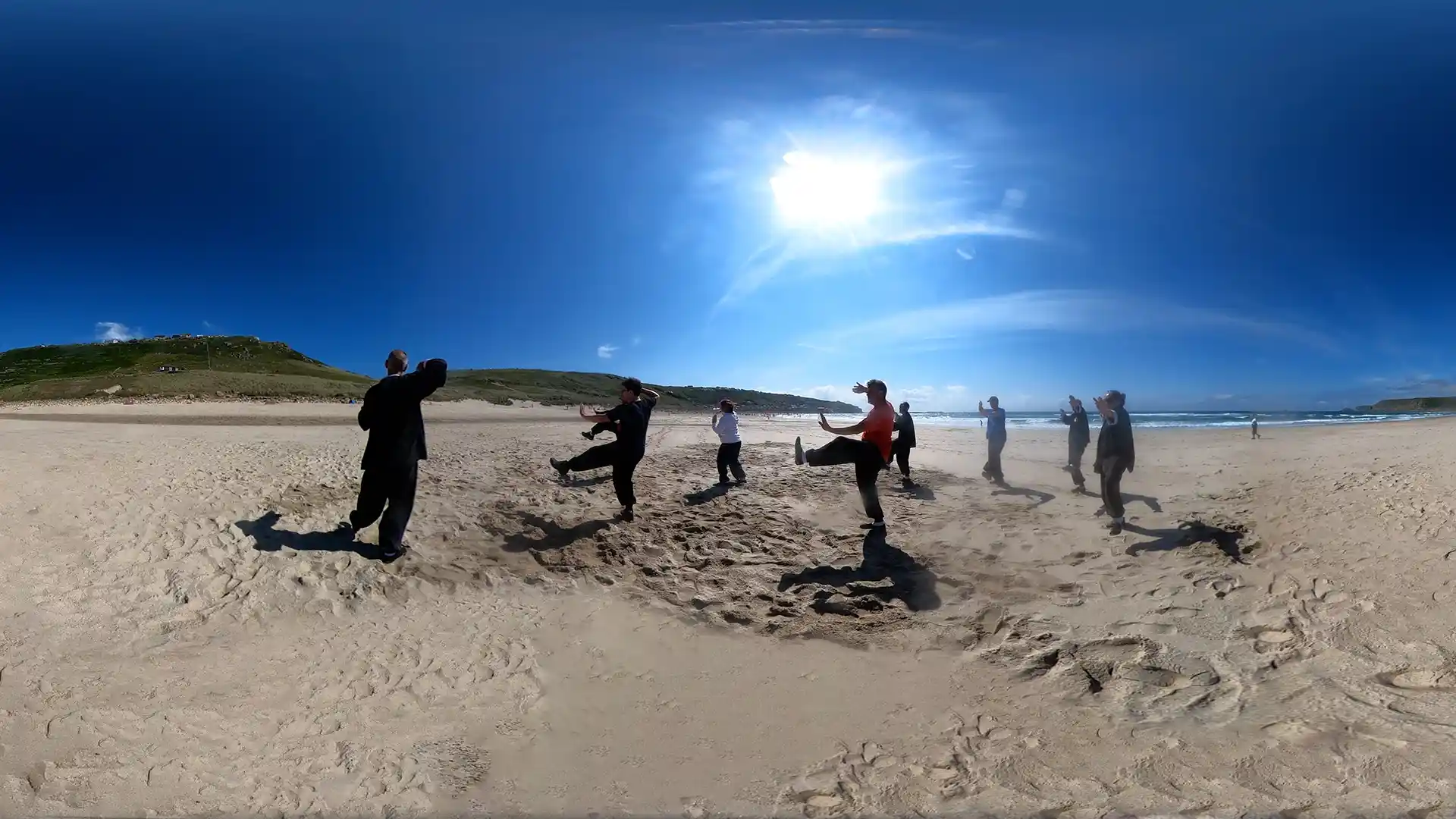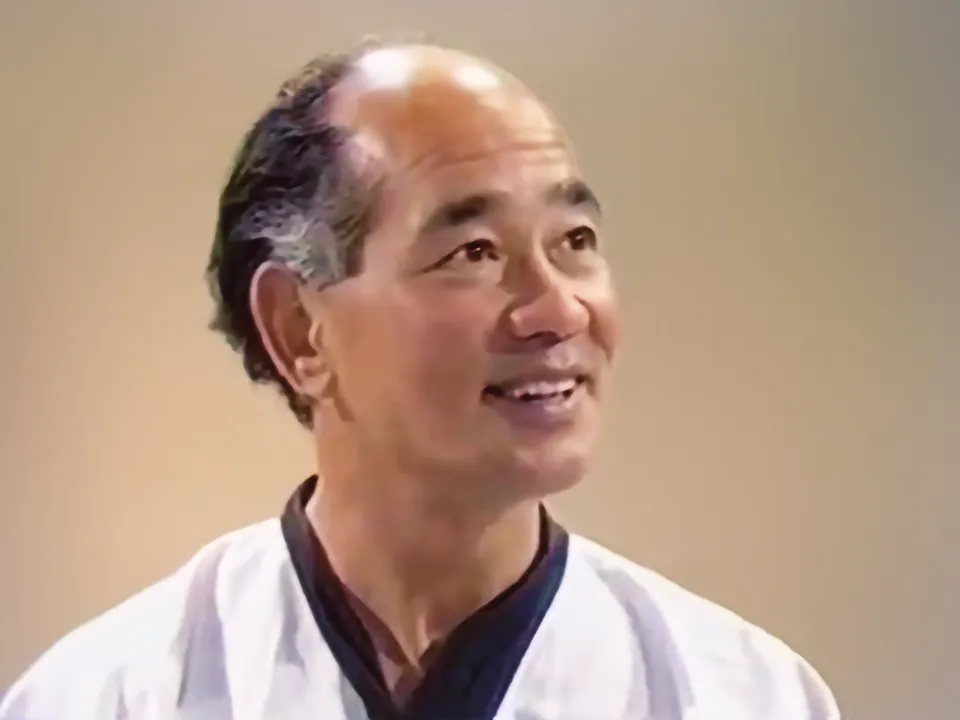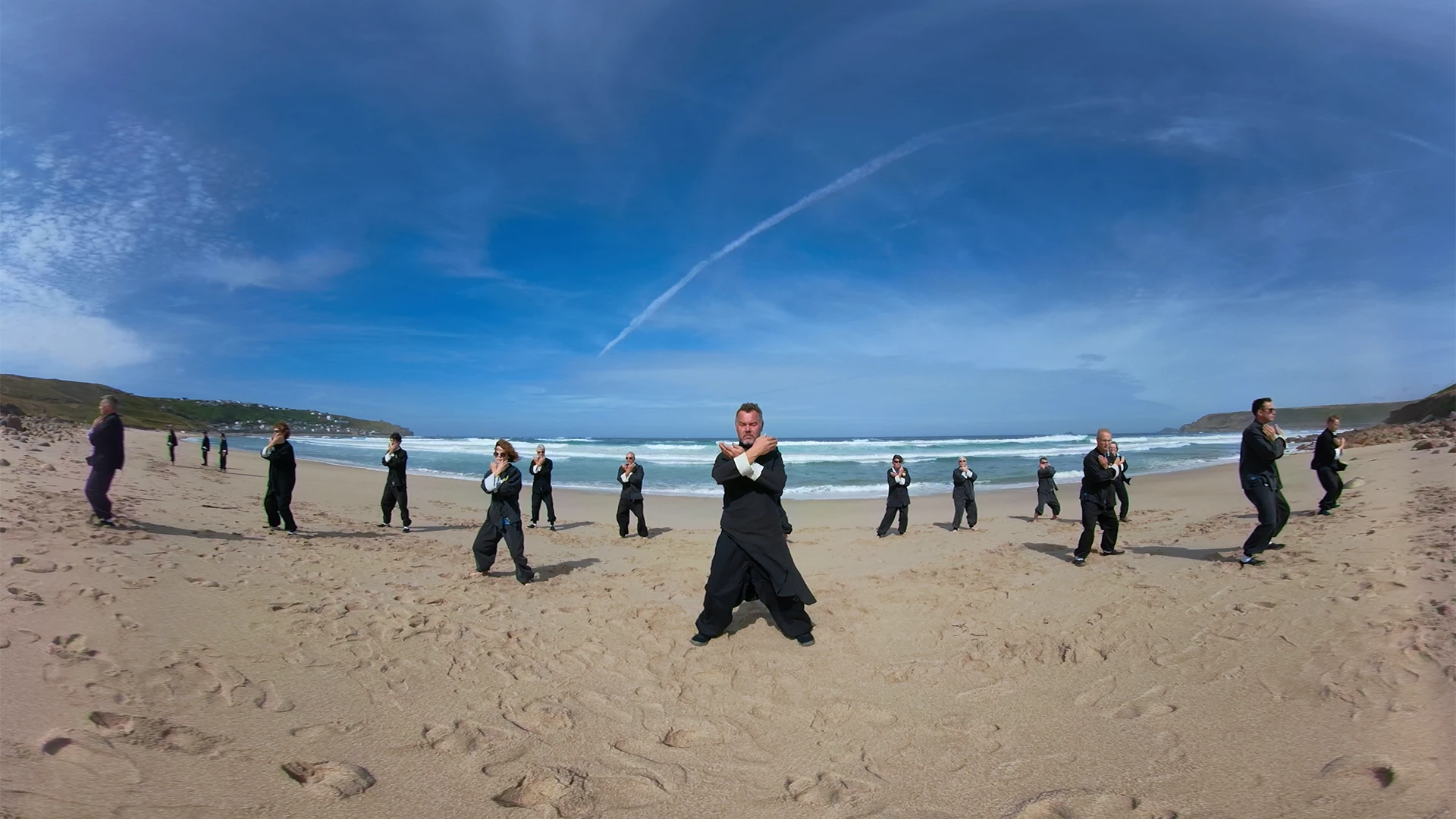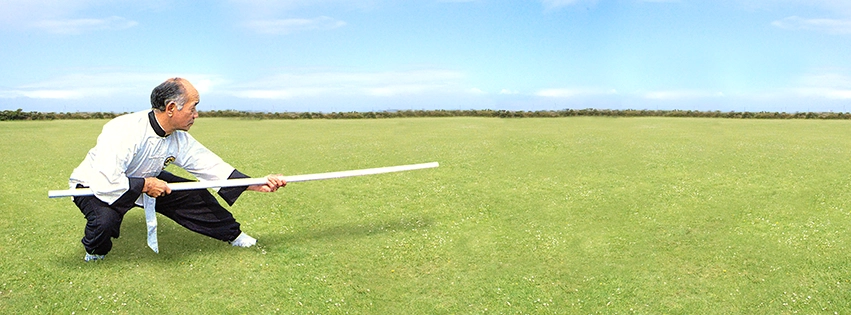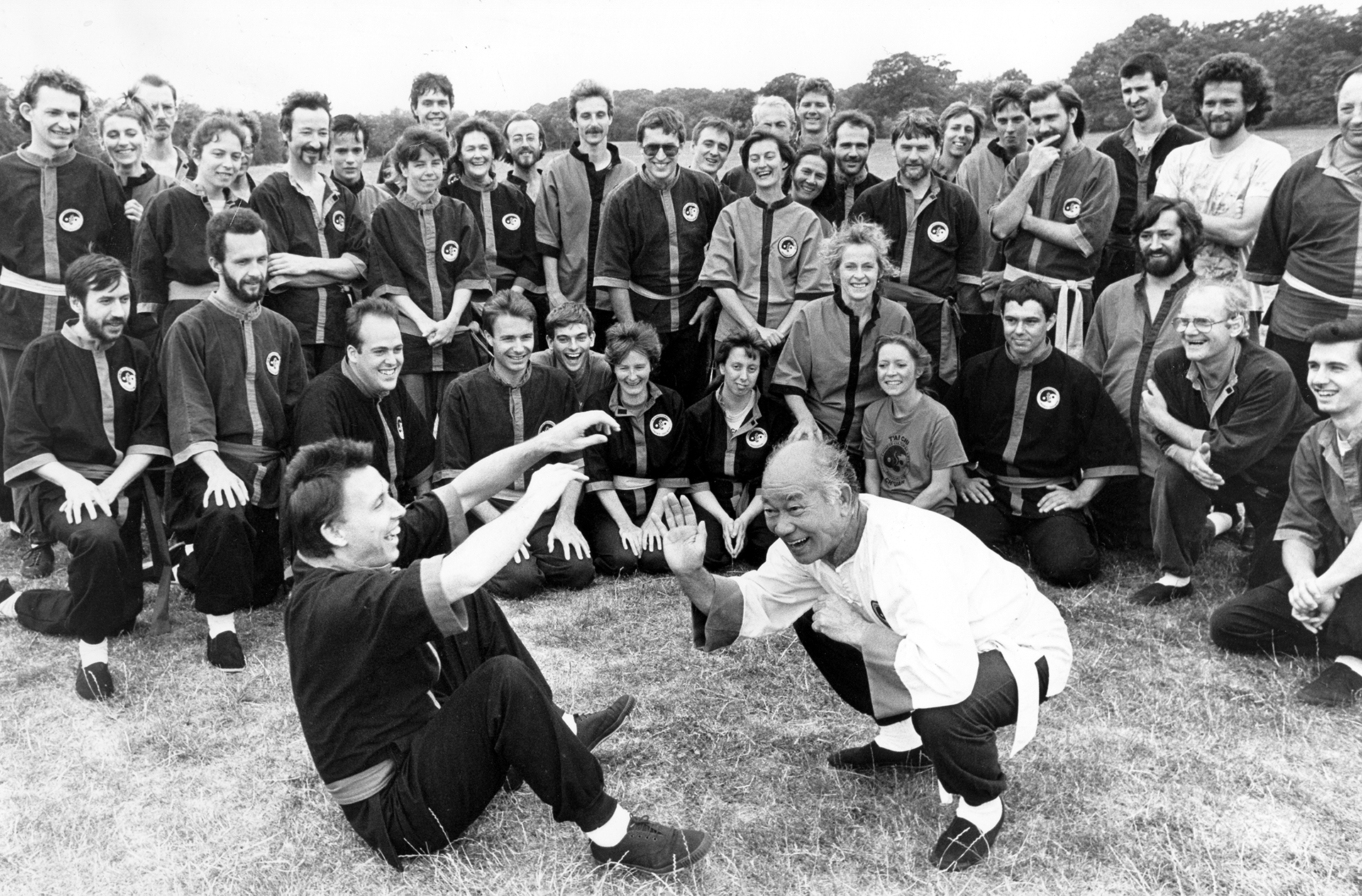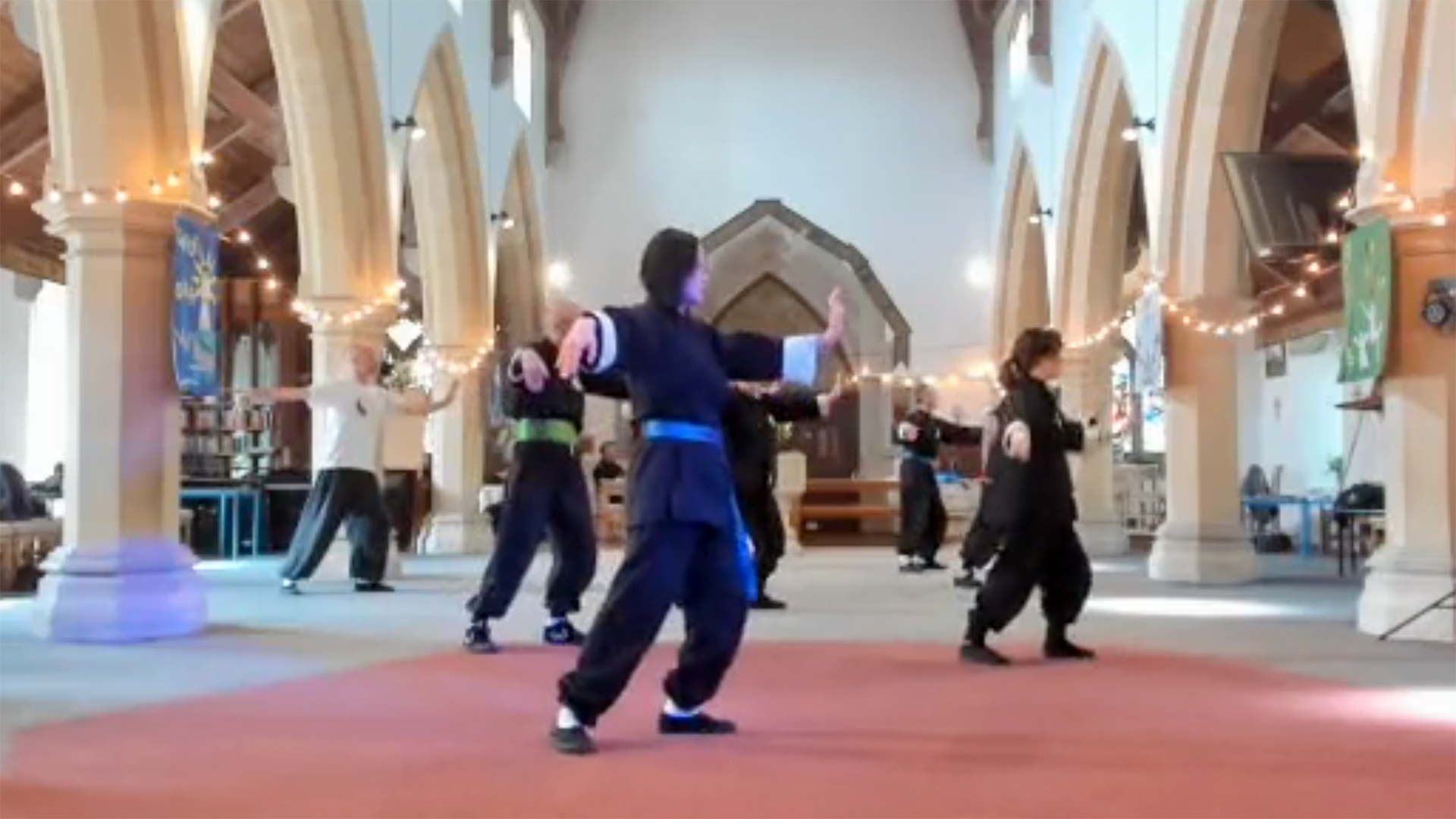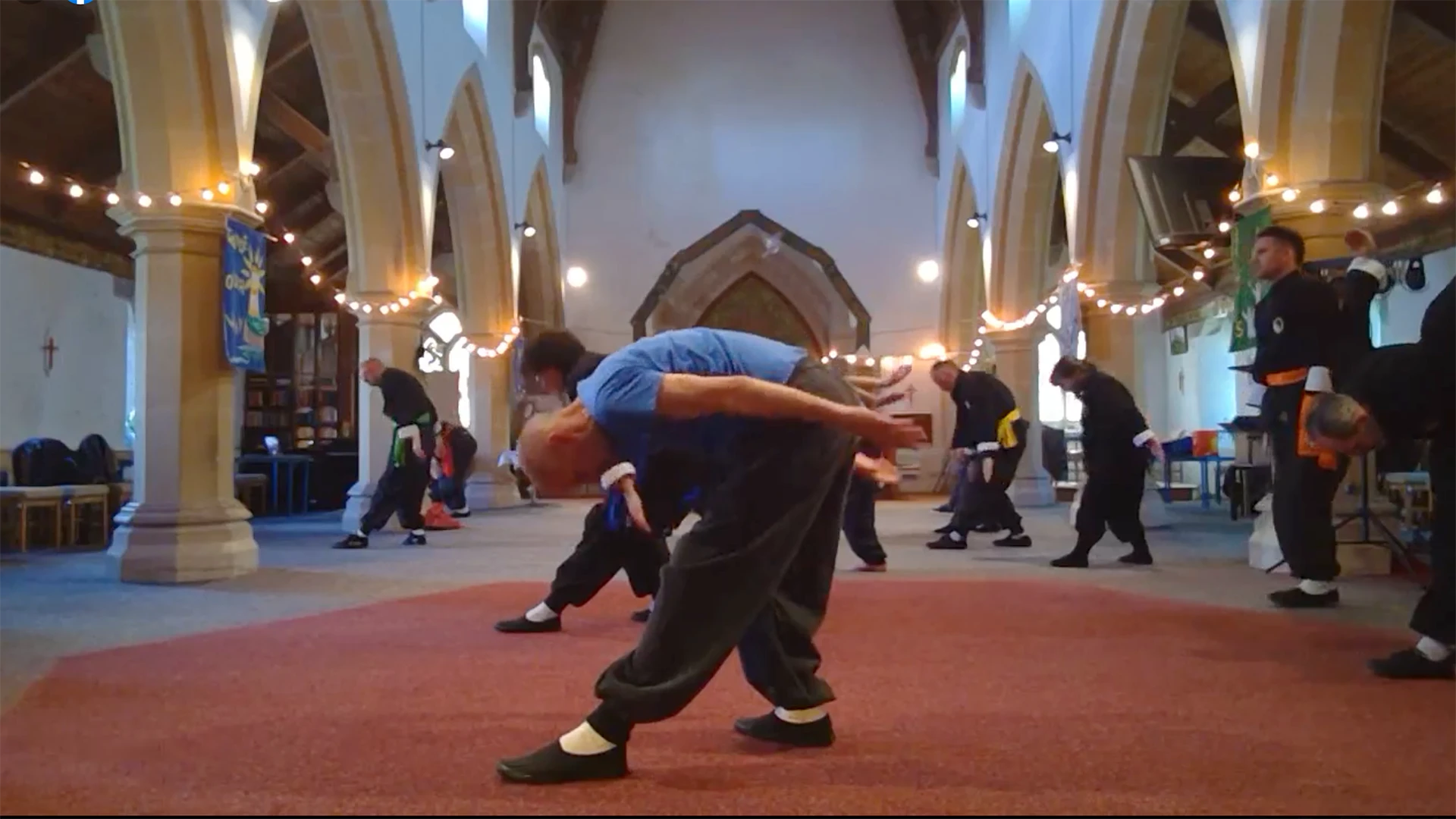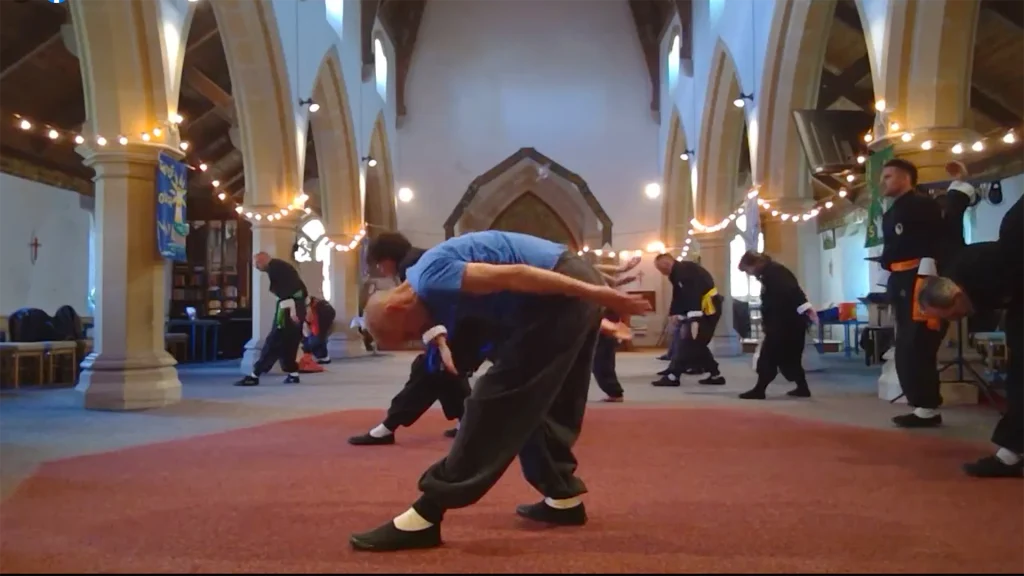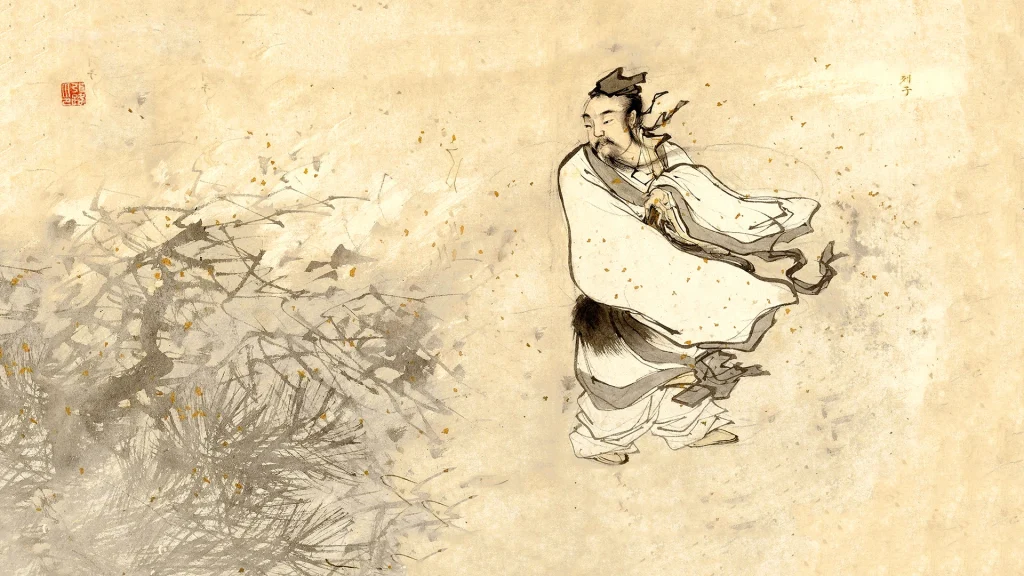
Overthinking – less is more, how can less be more? It seems like a contradicition but in actual fact by clearing out the clutter and focusing on what is essential we can actually get more done and have more meaningful lives. The Taoist principle here is Wuwei which means non-doing, but this does not mean doing nothing, rather it is about doing the right thing at the right time and not wasting your life away on non-essentials.
- Nurturing the Earth Element: In Traditional Chinese Medicine (TCM), the Earth element, represented by the stomach and spleen organ systems, governs digestion, nourishment, and grounding. Overthinking can disrupt the Earth element’s equilibrium, leading to digestive issues and mental unrest. T’ai Chi offers practices that help restore balance to the Earth element, fostering stability and rootedness.
- Soothing Digestive Distress: Overactive mental processes often manifest physically as digestive discomfort, reflecting the intimate connection between the mind and the body’s Earth element. Through slow, deliberate movements and mindful breathing, T’ai Chi gently massages and stimulates the stomach and spleen meridians, promoting digestive harmony and alleviating the physical symptoms of overthinking.
- Cultivating Grounded Awareness: T’ai Chi encourages practitioners to cultivate a deep sense of groundedness and centeredness, qualities associated with a harmonious Earth element. By focusing attention on the soles of the feet and the lower abdomen—the seat of the Earth element—individuals can anchor themselves in the present moment, quieting the restless mind and fostering a sense of stability amidst mental turbulence.
- Balancing Yin and Yang: Within the context of the Five Elements theory, the Earth element serves as a bridge between yin (passive) and yang (active) energies. Overthinking often arises from an imbalance between these polarities, with excessive yang energy dominating the mind. T’ai Chi’s gentle, flowing movements and emphasis on internal cultivation help harmonize yin and yang, restoring equilibrium to the Earth element and promoting mental clarity.
- Cultivating Spleen Qi: According to TCM, the spleen is responsible for transforming food into qi and blood, providing the body with the nourishment needed to sustain mental and physical vitality. Overthinking can deplete spleen qi, leading to fatigue and cognitive overload. T’ai Chi practices support the spleen by promoting relaxation, optimizing digestion, and replenishing qi reserves, thereby mitigating the effects of overthinking on spleen function.
By nurturing the Earth element, supporting the stomach and spleen organ systems, and fostering grounded awareness, T’ai Chi offers a holistic approach to addressing overthinking that integrates mind, body, and spirit, promoting overall well-being and harmony.
